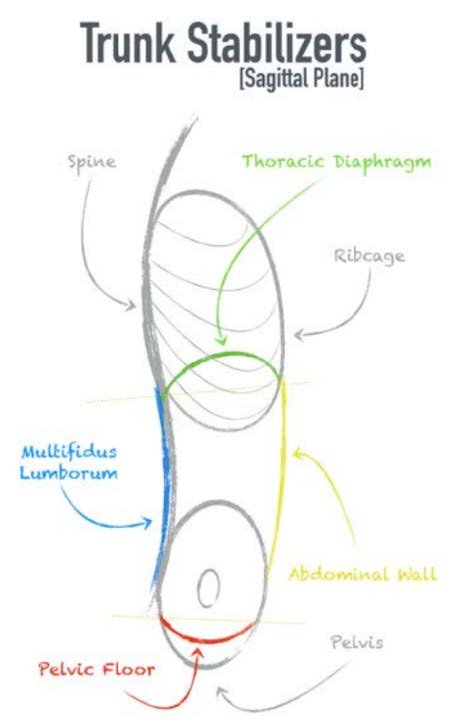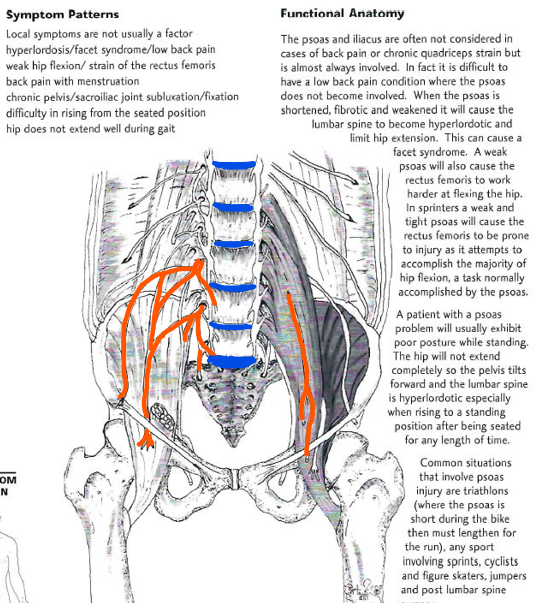Lower Back Pain
Understanding Acute and Chronic Low Back Pain (CLBP)
Chronic lower back pain (CLBP) is defined as pain lasting for three months or longer. Unlike acute back pain, which usually results from a specific injury or strain, CLBP often persists despite treatment and may lack a clear underlying cause. This condition significantly impacts quality of life and can lead to long-term disability. Contributing factors include poor posture, repetitive stress, underlying health conditions, and psychological influences.
Discogenic Lower Back Pain: A Common Cause
Discogenic lower back pain (LBP) arises from damage or degeneration of the intervertebral discs, which are shock absorbers in the lumbar spine. Most often in the lumbar spine. Wear and tear, injury, or poor biomechanics can inflame or irritate the discs or nearby nerve structures. Symptoms typically include centralized or radiating pain that worsens with sitting, bending, or lifting. Treatment focuses on reducing inflammation, improving spinal stability, and addressing contributing factors through specific rehab and lifestyle adjustments.
Managing CLBP Effectively
Managing CLBP typically requires a multidisciplinary approach. This strategy addresses both physical and psychological aspects of the condition. In our practice, we have found that combining spinal adjustments, rehabilitation of deep spinal muscles, and lifestyle changes helps to break the cycle of pain. Additionally, focusing on ergonomics and stress management can enhance outcomes and prevent recurrence.
The Role of the Iliopsoas in Lower Back Pain
The psoas and iliacus muscles, collectively known as the iliopsoas, are often involved in lower back pain due to their role in hip flexion and lumbar stability. When these muscles become tight or dysfunctional—commonly due to prolonged sitting or poor posture—they can compress the lumbar spine and contribute to discomfort. Regular stretching, targeted strengthening, and improved posture can relieve tension and restore function.
References
- Lee SW, Nguyen D, Mack D, Aguila E, Thomas M, Doddy K. Conservative Management of Low Back Pain. HCA Healthc J Med. 2021 Oct 29;2(5):319-328
- Hawk, C., et al. (2020). Best practices for chiropractic management of patients with chronic musculoskeletal pain: A clinical practice guideline. The Journal of Alternative and Complementary Medicine, 26(10), 884–901.


